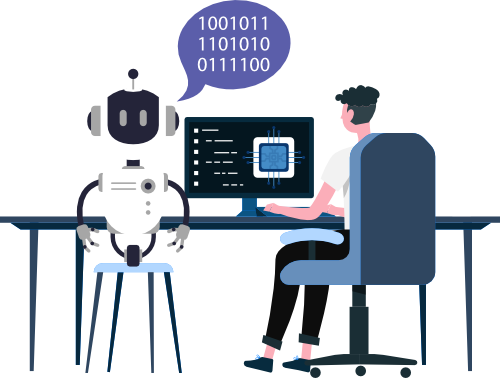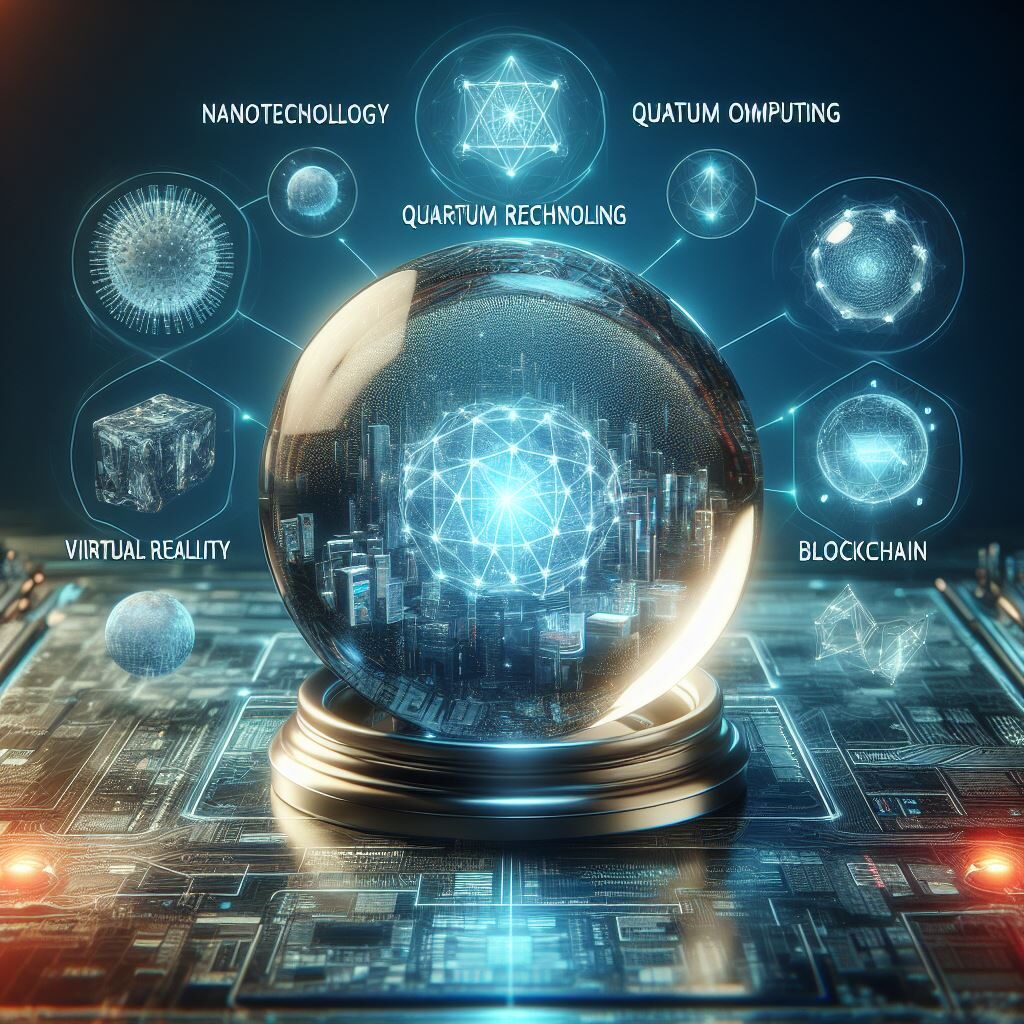
As the tech world accelerates at breakneck speeds, with innovation shaping every crevice of our lives, trying to predict what comes next might seem like a fool’s errand. Yet, here at the Kozminski Tech Blok, emboldened by MIT Technology Review’s brazen scrutiny of what the future holds, we’ve decided to indulge in the audacious once again: predicting the tech landscape of 2024.
Let’s first look back at the prophecies of yesteryear and how they fared. In 2023, we foresaw multimodal chatbots becoming the rage, new regulations reining in tech sprawls, open-source innovation giving Big Tech a run for its money, and AI transforming the pharmaceutical industry. While mostly spot-on, the full scope of AI’s impact on Big Pharma remains yet to fully unfold.
Here’s our take on what’s fresh, what’s fizzling out, and where our silicon-coated crystal ball shows us the future:
Customized Chatbots: Everyone’s Personalized Virtual Butler
The era of the personalized AI butler isn’t a far-fetched Jetsonian fantasy anymore. It’s 2024, and everyone, from your local barista to enterprise CEOs, is tweaking chatbots to their whims. Companies like Google and OpenAI have democratized AI, serving up custom chatbot development as a slice of pie to the masses. This DIY AI scene is flourishing, and why not? Real estate agents to restaurateurs, they’re all using these AI artisans to stir up text descriptions, video tours, and more.
But all that glitters isn’t gold. As much as these AI juggernauts are pushing the easy-button on AI development, the lingering issues of misinformation and bias haven’t waned. It’s more of a wild west situation, with everyone intrigued by their shiny new bots, yet navigating the pitfalls of their mischievous fabrications.
Generative AI Takes the Director’s Chair
Forget static images, 2024 is all about AI that sets the scene, crafts the narrative, and directs short flicks. Remember when still AI-generated images felt like sci-fi? Those days are history. Now, startups like Runway are pushing the boundaries, so much so that their generative tools have Hollywood’s head turned.
Special effects have undergone an AI revolution, creating deepfake actors so convincing they shake the very ethical foundations of performance art. With deepfake tech monopolizing everything from marketing to foreign-language film dubs, one thing is certain: the film industry will never be the same.
But it’s not all Oscar-winning progress. The ease of creating deepfakes engenders an ethical quandary, especially as the Screen Actors Guild and Allied Federation of Television and Radio Artists—a collective voice for performers—rallies against the exploitation of their digitized likenesses.
Fake News 2.0: The AI-Generated Electoral Disinformation Campaign
In our topsy-turvy world of 2024, AI-generated disinformation is the new frontier of electoral manipulation. From altered campaign videos to falsified political endorsements, the landscape is rife with high-res chicanery that’s nearly indistinguishable from reality. We’ve witnessed deepfakes of politicians saying the darnedest things and AI’s fingertips plastered all over memes distilling hate and falsehood.
Today, fact and fiction are indistinguishable dance partners in a masquerade ball of information, and democracy’s grip is precarious. And while countermeasures like watermarks and content moderation tools are in play, the misinformation hydra rears a new head faster than we can strike—posing a precarious challenge as we barrel toward election day.
The Rise of Multitasking Robots: Handyman, Chef, and Chauffeur Rolled into One
Picture a robot flipping pancakes today, painting a masterpiece tomorrow, and perhaps diagnosing your car’s rattling noise the day after. With AI’s advancements, the thing of robotic multitasking isn’t confined to our imaginations anymore. In 2024, robots, powered by generative AI, have the capacity to juggle tasks—just as flexible in their abilities as us mortals—thanks to monolithic models inspired by the brains behind AI’s current vogue.
Research labs are fervently programming robots equipped to multitask with dazzling potential. From Meta’s monumental Ego4D dataset to independent academic projects, resourceful models are in the making, despite stumbling over the data scarcity hurdle.
Looking Forward, Nostalgically
It’s a fine line we tread when we look to the past to predict the future. Technology’s history is like a treasure map, with “X” marking not just treasure but also cabals of skeletons. As we stand on the precipice of 2024, a maelstrom of innovation raging below, it’s critical we learn from bygone times to navigate the drifts of what’s to come.
In the wild tech ecosystem of 2024, we stand witness to the monumental influence of AI—from chatbots at our beck and call to entertainment shaped by algorithmic innovation. Disinformation battles continue to morph, forcing us to scrutinize what we see in the bleak light of skepticism, and multitasking robots are sprouting across sectors, redefining labor and productivity.
So, as we brave the frontier of this ever-dynamic tech landscape, keep one eye peeled for what’s emerging, and the other mindful of the lessons of yesterday. We’re not just tech enthusiasts; we’re time travelers gazing back to look forward, speculating on what brilliant or baleful techno-tomorrows may unfold.
Next year, we’ll regroup—comparing notes against the relentless tides of change—to see where our bets landed us. Hold on to your hoverboards; it’s a thrilling ride into the matrix of the future.
Links worth visiting:
Seven technologies to watch in 2024
Disinformation Tops Global Risks 2024
The Evolution of AI in 2024: Trends, Challenges, and Innovations
Sources:
This article was written using Typil.ai and was based on an MIT Technology Review article

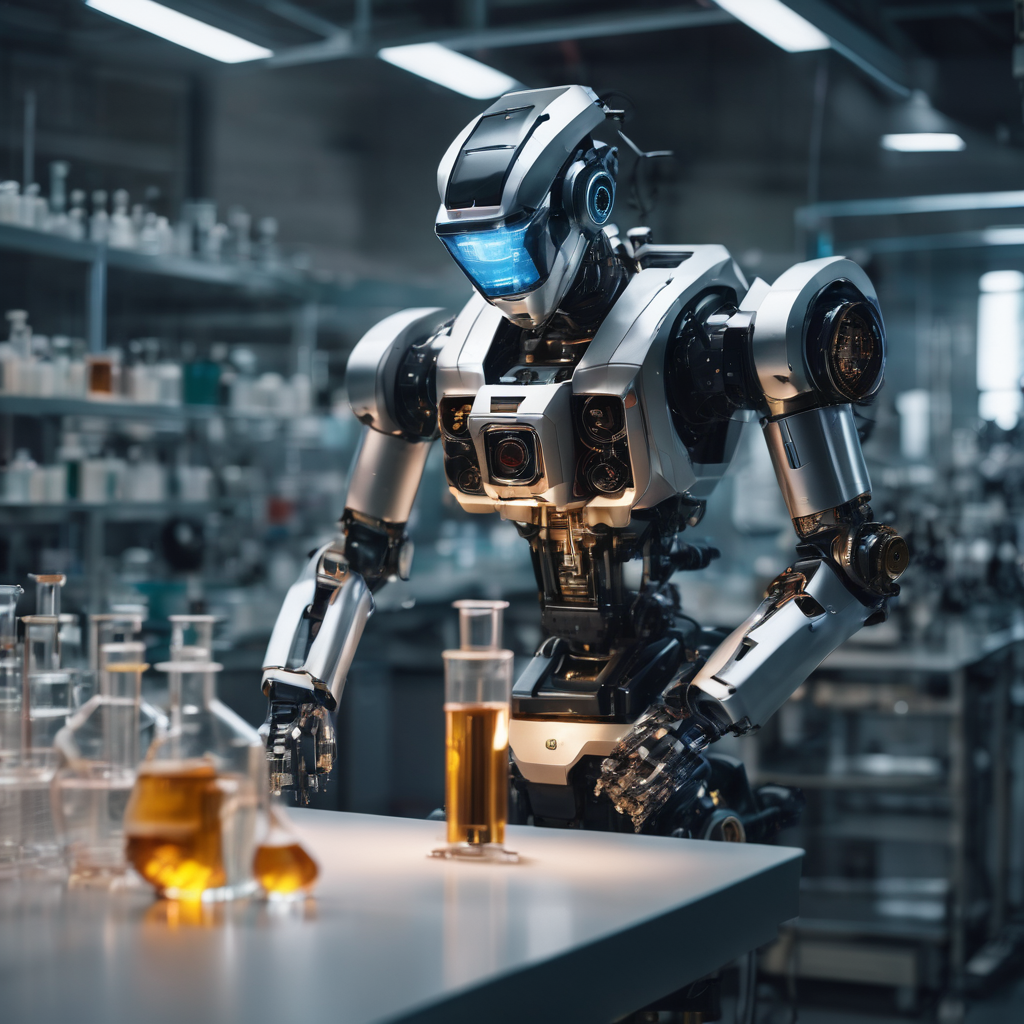
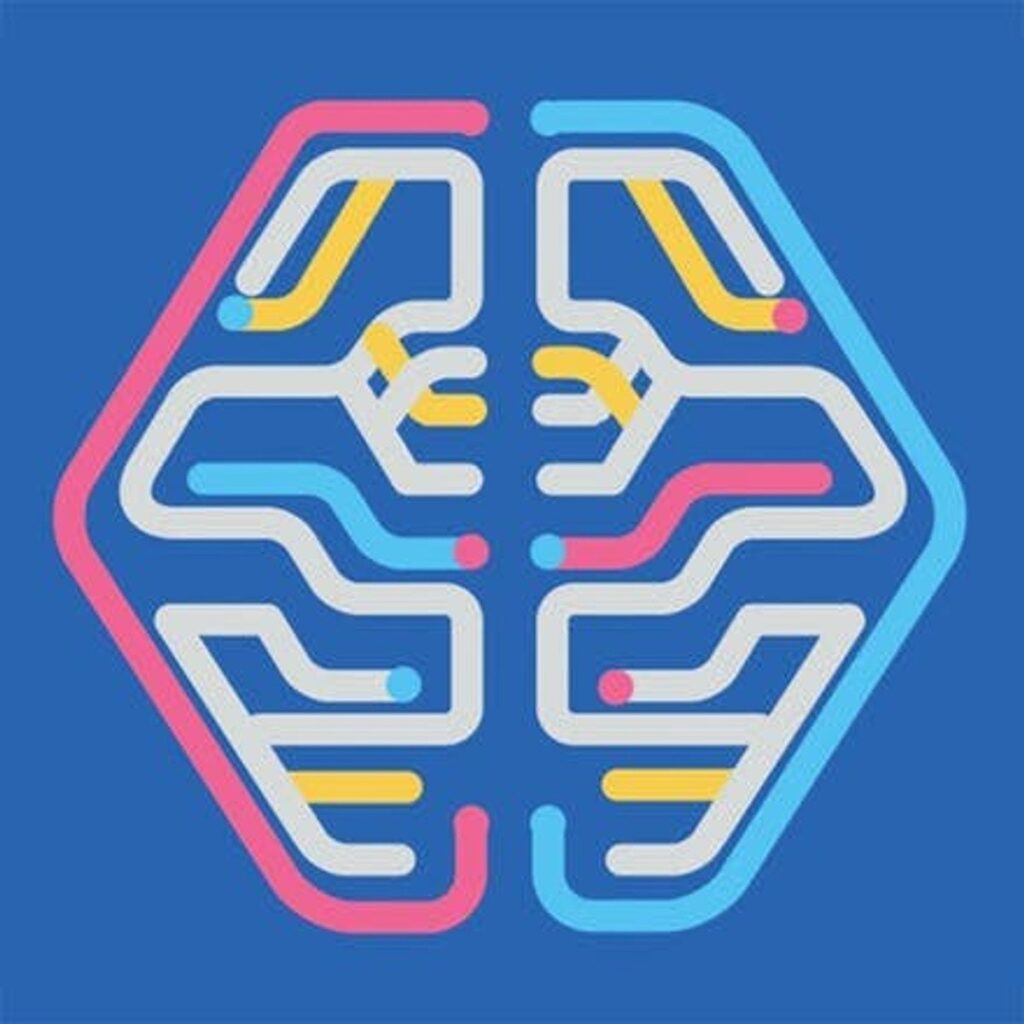



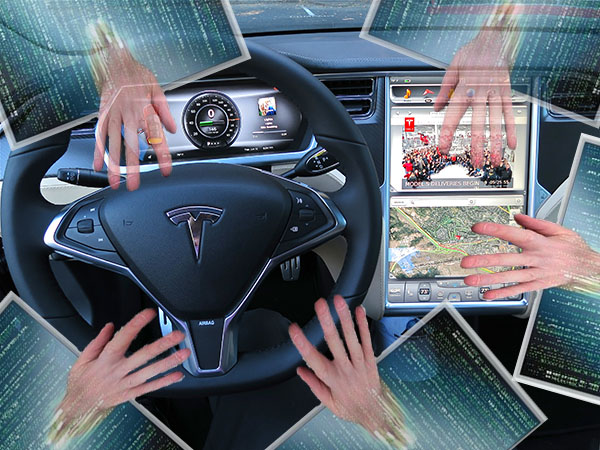
/cdn.vox-cdn.com/uploads/chorus_asset/file/11526929/acastro_180612_2664_0001.jpg)
